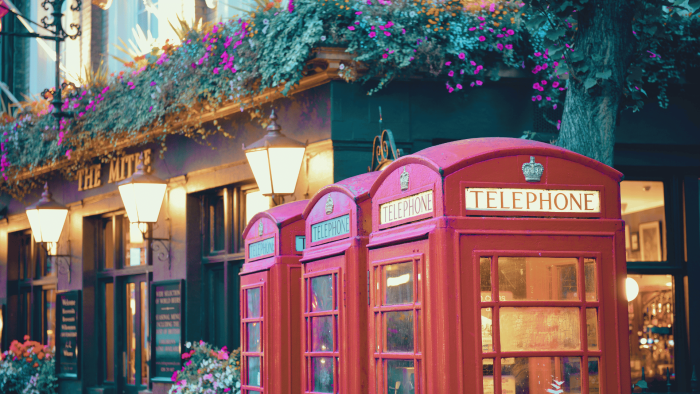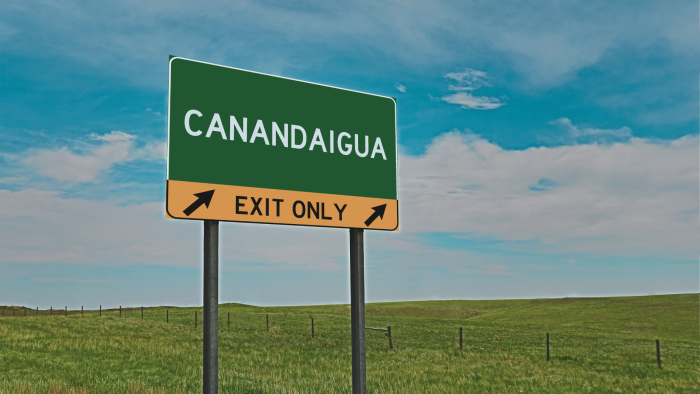When people think of the National Park Service, they think of Yellowstone, the Grand Canyon, and Yosemite. But there are 417 sites across the country overseen by the National Park Service, which means there are 414 that most people don’t think to visit. In a selfish way, we like that. It means there are more parks where our enjoyment won’t be interrupted. These are the best national parks you can have all to yourself.

Gates of the Arctic
Alaska
Intact wilderness, in the technical definition of the word, gets rarer every year. Humanity has done a pretty good job of impacting and developing (to varying degrees) the surface of the planet, and there are very few places where humanity hasn’t done at least a bit to make existence more comfortable. As a result, wilderness is rare and tightly controlled in the legal sense. Gates of the Arctic is one of those rare places.
The uncommon visitor has a chance to have a truly unique outdoor experience. Rivers and caribou move unrestricted through the landscape, the sun pretty much doesn’t set in the summer, and the aurora borealis light up the winter sky. Keep your wits about you though, as the remoteness can bite you if you don’t. You’ll be alone out there with no trails or roads to bail you out. Make sure you’re ready for the park, beauty and danger alike. Visit

Isle Royale
Michigan
Islands are a terrifying thing. Regardless of how good global transportation gets, they’re still ridiculously isolated. For example, if shipping lines collapsed or disaster stopped supplies from reaching Hawai’i, there’s roughly three days of food on the island. Not that we wanted to bring down the mood. What we’re saying is, when you’re on an island, you’re about as remote as you can get.
But while there is some danger to an island, that’s part of the attraction to it. Case in point, Isle Royal out in Lake Superior. It’s a wild island cast out in the Great Lakes, with some of the best hiking, camping, and boating in the country. But where the island cuts you off from modern civilization, it puts you in touch with ancient Native American history, like that of the North Shore Ojibway, all the way through to the lighthouse keepers who lived on the island up to the 20th century.
The National Park Service is also currently waging what almost amounts to biological warfare on the island in a constant battle against invasive species. The ecosystem of the island is delicate and a few aquatic invaders, like the zebra mussel, sea lamprey, and spiny water flea, threaten to wipe out native species. Visitors are required to comply with a long, but manageable, list of preventative measures that keep invasive species away. The way we see it, we’ll gladly comply if that means we get to experience Isle Royale as it’s meant to be. Visit

First State National Historical Park
Delaware
Delaware has plenty of (maybe even a disproportionate amount) historic green spaces where the buildings surrounding them are older than most of the states in the Union. Recently, the federal government consolidated them into the First State National Park.
There are seven major locations up and down the state, offering hiking in some and history in all. Put together they paint a vibrant picture of the history of American colonialism and the early years of the United States. If you’re looking for a historical road trip through the days of the young U.S., touring some or all of the seven sites would be a great start. Visit

North Cascades
Washington
We’re going to lean a little more into our alarmist environmentalist side here and say you should get to North Cascades as soon as possible. Who knows how long those glaciers are going to last? What’s more, climate diversity is one of the biggest draws for the park. During a relatively short hike, you could find yourself in a number of different microclimates. The east and west sides of the peaks have different climates, altitude drastically affects what lives in an area, and obviously your visit’s timing is crucial to figuring out what to expect in each spot. You could be trudging through snow, wading through glacial melt, then marching through the forest in a matter of a few hours. It’d be hard to overpack for a hike that varied. Visit

Black Canyon of the Gunnison
Colorado
Besides having easily the best name on this list, Black Canyon of the Gunnison National Park is a great example of why every young person with even a mild enthusiasm for nature seems to be moving to Colorado these days. The Gunnison River took two million years to carve its way through some of the oldest rock on Earth, bringing forth crags, cliffs, and spires that exemplify the American West. Obviously you should hike here, but definitely look into rock climbing. Make full use of any training at your local rock gym and take advantage of the climbing available in the park. It’s a rare opportunity to climb unique geography and it’d be a true shame to miss out. Visit

Organ Pipe Cactus
Arizona
One of the things that struck us about any time Survivorman had a desert episode was how comparatively easy it was for Les Stroud to manage his resources in the desert. According to Stroud, in forest settings, everything might look green and alive, but there are often unknown poisons or contaminants, low biodiversity, and a general shortage of edibles. Stroud himself talked at length about how deceptively easy it was to find food and water in the desert. In the desert, things have evolved to store energy and resources, so if you know what to look for, things aren’t as scarce as you might think.
If you need an example of what Stroud is talking about, visit the Organ Pipe Cactus National Monument, which does a great job of showing just how alive the desert really is. Desert vegetation abounds here and animals who’ve adapted to the harsh conditions of the desert are on full display. A simple hike or camping trip should bring you face to face with flora and fauna unlike anything you’ve seen before. Visit

Congaree
South Carolina
The history of deforestation and reforestation in North America is far more interesting than it sounds. It’s the story of native people’s comparative harmony with nature, astoundingly arrogant depletion of natural resources at the hands of European settlers, and a surprisingly robust modern recovery. This report details 400 years of forest conditions in the northeastern states and is absolutely worth a skim (or an in depth reading if you’re really into this kind of thing).
This is also a long lead in to say old growth forests are extremely rare, especially on the East Coast. Congaree contains one of the few and definitely the largest expanse of old growth hardwood forest in the southeastern United States. The hiking here takes you through beautiful stretches of nearly ancient trees in the kind of forests that would make J.R.R. Tolkien proud, though it’s unlikely any of them are voiced by John Rhys Davies or will help you kill a wizard. Still, it’s worth it for the fantasy alone. Visit




